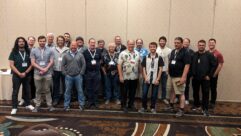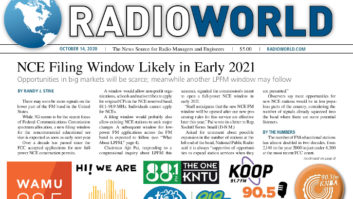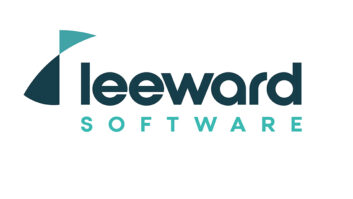 The author of this commentary is CEO and co-founder of On-Hertz.
The author of this commentary is CEO and co-founder of On-Hertz.
As Radio World has reported, the pandemic has caused many radio organizations to pause cap-ex spending and to rethink their facility planning and workflows.
On-Hertz thinks that the industry, in general, is going to need to move more actively towards more agile workflows and operations to survive in the new media landscape.
Concretely, that means accelerating the transition to a fully digital, software-based, live production ecosystem.
We must stay humble: No one could have anticipated a global crisis like the one we are facing. The impact on our industry is severe and, unfortunately, there is no magic bullet.
At the same time, COVID-19 has put in full light some of the challenges that broadcasters have already been facing for some time:
- How to compete with the new on-demand and over-the-internet players?
- How to do it while maintaining the levels of quality and reliability that the audience has come to trust?
- How to stay relevant to our audience and embrace the new ways people consume content?
- How to address the changes in our organizations and production teams when budgets are going down but the demand for content explodes?
- How to shape our operations to stay (become?) profitable while we know that the speed of change is only going to increase from here?
Once again, COVID-19 has highlighted a key element: legacy dedicated hardware infrastructures are just not flexible enough. Worse: They play(ed) against us when trying to ensure business continuity!
The Adaptable Survive
It is not surprising that codec suppliers have seen a large increase in demand for their equipment: Suddenly, distributed operations are the norm rather than the exception.
It is not surprising either that we have all seen and heard many shows trying to carry on using publicly available applications like Skype, Zoom and the likes — often at the expense of quality, unfortunately.
On the other hand, shipping codecs to everyone at the start of the pandemic and trying to replicate the hardware-based infrastructure of the studio have proved to be logistically impossible, not to mention eye-wateringly expensive.
So, are there alternatives?
Evolution is not “survival of the fittest,” it’s “survival of the most adaptable.” At On-Hertz, we believe that involves a shift from legacy hardware-based infrastructures to modern virtualized ones.
We don’t want to “simply” swap out hardware for software, though; we believe the shift towards software-defined infrastructures will bring us three significant advantages: modularity, interoperability and better user interfaces. Combined, these characteristics open the way to better workflows.
This evolution needs to come with a few mandatory pre-requisites like maintaining or even improving the level of reliability, quality and functionality that our industry demands.
We must also capitalize on the tremendous amount of expertise and knowledge that we have collectively built over the last decades. Virtualization isn’t about turning everyone into IT geniuses but offering more opportunities to capture our audience’s imagination.
Modularity will then help us deal with the changing world: It doesn’t matter anymore if you have an X-channel mixers or Z number of codecs. With software, you can simply select the number of channels you need at any moment. If you need more or fewer channels the week after, you can scale accordingly. Likewise, find out what works and what doesn’t much faster than ever before.
Hitting two birds with one stone, modularity also comes with a cost advantage. You don’t need to scale your infrastructure for peak demand anymore. You can scale for the content you want to produce and make sure your cost structure follows your revenue.
The UX is paramount
Interoperability remains one of the major pain points of technical teams today. Who hasn’t heard a story or two full of dongles and converters?
There is no good reason for it. Outdated, insecure, proprietary algorithms and protocols should be things of the past. Instead, offering open (web) APIs allows for easier interconnection between solutions, less customer lock-down for a manufacturer and a lot less unnecessary support for your teams.
In other words, we can rely on technology that is already used at a massive scale by many other resilient industries to provide much greater convenience.
Finally, users, and therefore user interfaces, are of paramount importance. If teams are being reduced, if the speed of change increases, if the complexity of operations increases, shouldn’t we make sure that we focus on getting the best out of the tools we use to produce the best content?
Can we hide complexity in some cases? Can we automate operations that only have low added-value, that are tedious and potentially error-prone? Are we bound to physical interfaces for every input on the system or only by some of them? How do we embrace distributed operations?
Our philosophy is that engineers engineer, developers develop and producers produce, and that’s how it should be. So let’s make sure our user interfaces reflect that reality.
The pandemic has caused many radio organizations to pause cap-ex spending and to rethink their facility planning and workflows. These emergency measures might well be their safety board for the future too, thanks to the opportunities opened by software-defined infrastructures!
Comment on this or any story. Email [email protected] with “Letter to the Editor” in the subject line.
For more on this topic, see the new Radio World ebook “Virtualizing the Air Chain”.











